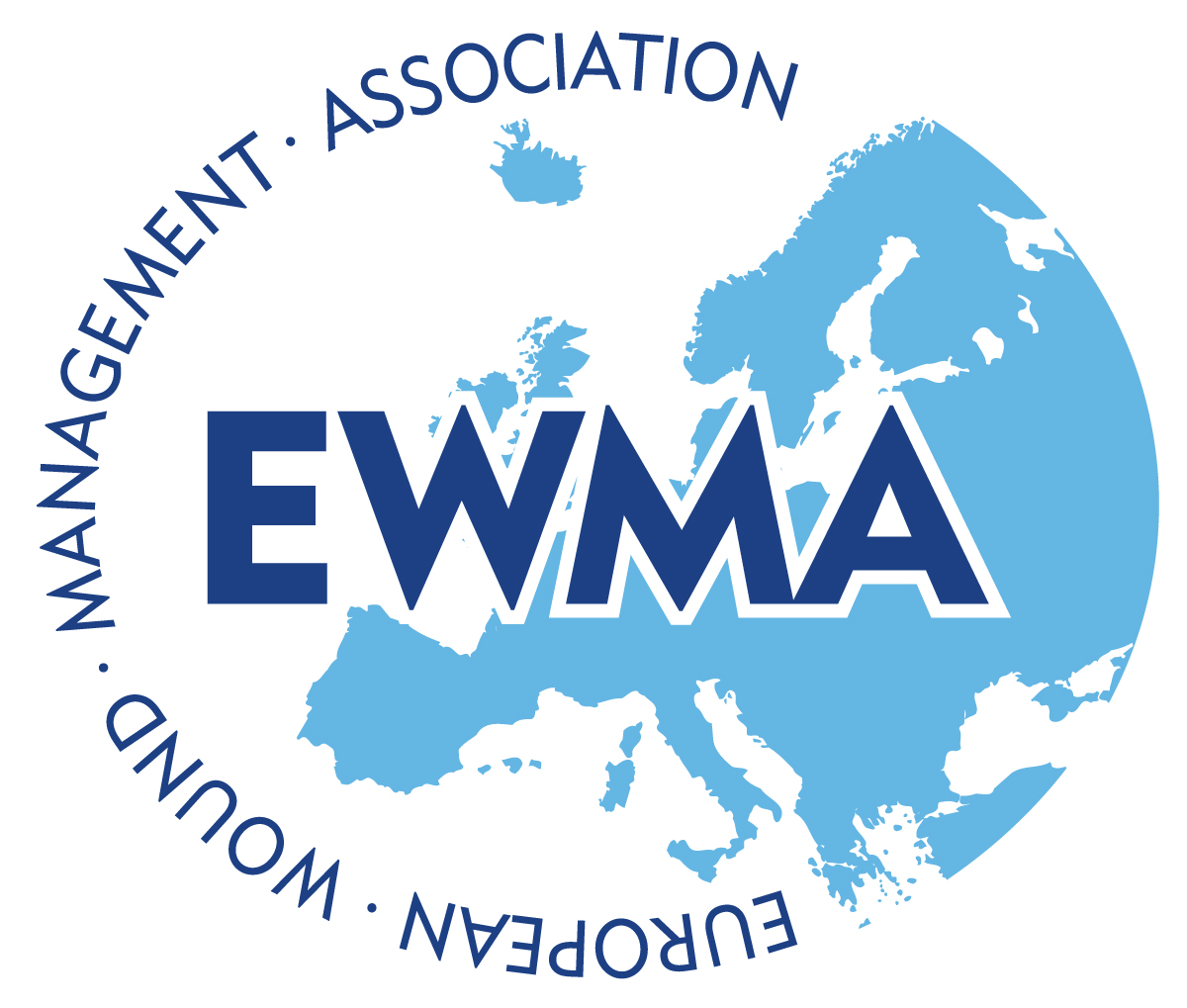Pressure Injuries are skin and/or tissue damage which occurs a result of pressure and shear forces which usually occurs over a bony prominence, for example the occiput, cheek bones, chin, shoulders, scapula, spinous process, greater trochanter, sacrum, coccyx, ischium, knee, ankle, and heel. Persons who develop pressure injuries may be chair/bedbound and/or may have some sensory deficit which may not alert the patient about the need to shift positions. Some persons are more at risk to develop a pressure injury due a medical diagnosis, such as a stroke, low or high body mass index, contractures, or a decrease in nutritional intake. By reviewing some of the basics of a pressure injury, formerly known as a pressure ulcer, one may be able to better assess those patients at risk for these skin concerns.
Contrary to popular belief, every incidence of skin breakdown is not a pressure injury. Skin tears present a challenge due to the severity that may be mistaken for a pressure injury. The International Skin Tear Advisory Panel (ISTAP) has established a separate classification for skin tears which notes skin tears as Type 1, Type 2, and Type 3. A Type I skin tears is a tear which has a skin flap which could be replaced to cover the wound. A Type 2 skin tear has a small skin flap, but the flap does not cover the entire wound. Type 3 skin tears do not have a skin flap, which causes the entire wound to be visible. Another cause of skin breakdown may be moisture associated skin damage (MASD), which is caused by an overexposure of moisture to the skin and there allows for forces such as friction and shear to increase the risk of pressure injury. The moisture may be due to urinary or fecal incontinence, wound drainage, fistula output, or perspiration. Over exposure to urinary or fecal incontinence is known as Incontinence Associated Dermatitis or IAD. Inflammation and skin breakdown related to IAD may be misidentified as a pressure injury wound.
There are unique circumstances when a clinician may question if the wound is related to pressure or another factor. Some examples are:
- An immobile person may develop an area of skin breakdown due to moisture associated dermatitis coupled with the evidence of pressure injury to the bony prominence. In such an instance, the bony prominence in question may be palpated to further determine if pressure may be included as a causative factor.
- An ambulatory patient has a diagnosis of Diabetes Mellitus and has a full thickness wound to the plantar surface of the foot. This wound would be considered a diabetic foot wound or a neuropathic wound. Diabetic neuropathy or a decrease in sensation to the foot is the real culprit in this case, in addition to repeated mechanical forces on bony abnormalities.
- A paraplegic patient with a diagnosis of Diabetes Mellitus now has full thickness loss to the right heel. Would the wound be considered a neuropathic wound or a pressure injury? In this case, the cause of the wound to the heel would be likely due to pressure.
Another issue which can challenge a clinician is accurately staging a pressure injury. Only pressure injuries are staged. One would not stage an arterial wound or a surgical wound. Terms such as a partial thickness or full thickness tissue loss are used in the description of these wounds, but they would not be given a stage. Once a pressure injury is identified as a certain stage, the injury is not “back staged”. For example:
From the onset, the wound is noted to be a stage 3 pressure injury. As the wound begins to heal, it will be noted as a stage 3 pressure injury in the proliferative or remodeling phase of healing. The wound will not progress from a stage 3, then to a stage 2 or to a stage 1 pressure injury.
Pressure Injuries Stages at a Glance:
Stage 1: Intact skin over a bony prominence with erythema that does not blanch to the touch. Key word is INTACT. In some individuals, this site resembles a sunburn. In darker skin persons, the site in question may not have evidence of erythema. The patient may not have an increase in pain to the site. However, the clinician may notice a difference in temperature, texture, or hardness to the area of concern and the surrounding skin when palpated.
Stage 2: Partial thickness loss usually over a bony prominence. The tissue loss extends to the dermis, but no subcutaneous tissue is observed. Blisters that contain serous or clear fluid are also defined as Stage 2.
Stage 3: Full thickness tissue loss usually over a bony prominence. The tissue loss extends to the subcutaneous tissue. Slough, tunneling, or undermining may be noted, but no tendon, bone, or muscle is noted.
Stage 4: Full thickness tissue loss over a bony prominence with visible tendon, bone, or muscle. If cartilage is visible to areas such as the nose or ear, the wound is considered a Stage 4 pressure injury.
Unstageable pressure injuries are mostly covered by slough or eschar. The amount of tissue loss is unknown because the depth of the wound is unseen.
Device related pressure injuries are injuries caused by a medical device, such as a nasal cannula or ill-fitting thromboembolic hose.
If a wound is noted in the mouth or mucous membranes, list this wound as a mucosal injury, but do not stage this injury as a pressure wound.
In a wound with Deep Tissue Pressure Injury (DTPI), the skin is intact or there may be an intact blister that appears maroon or purple due to the deep tissue bleeding that has occurred due to the capillary disruption in the deep tissue. These wounds may evolve into a full thickness wound and become a Stage 3 or Stage 4 pressure injury.
Now that pressure injuries have been identified, as well as a few other skin concerns, the goal is to identify those patients at risk, as well as endeavor to prevent and manage these life changing skin issues for the patient!
References:
Beeckman D, Campbell J, Campbell K et al. (2015). Incontinence associated dermatitis: moving prevention forward. Proceedings of the Global IAD Expert Panel. Wounds International. https://tinyurl.com/ycmyfv2d.
FISHER, P., & HIMAN, C. (2020). Moisture-associated skin damage: a skin issue more prevalent than pressure ulcers. Wounds UK, 16(1), 58–63.
Gray, M. , Black, J. M. , Baharestani, M. M. , Bliss, D. Z. , Colwell, J. C. , Goldberg, M. , Kennedy-Evans, K. L. , Logan, S. & Ratliff, C. R. (2011). Moisture-Associated Skin Damage. Journal of Wound, Ostomy and Continence Nursing, 38(3), 233–241. doi:10.1097/WON.0b013e318215f798.
International Skin Tear Advisory Panel (ISTAP) (n.d.). ISTAP skin tear classification. Retrieved March 15, 2021 from http://www.skintears.org/education/tools/istap-skin-tear-classification/
LeBlanc, K., Alam, T., Langemo, D., Baranoski, S., Campbell, K., & Woo, K. (2016). Clinical challenges of differentiating skin tears from pressure ulcers. EWMA Journal, 16(1), 17–23.
National Pressure Injury Advisory Panel (NPIAP) (n.d.). Pressure injury stages. Retrieved March 15, 2021 from https://npiap.com/page/PressureInjuryStages
National Pressure Injury Advisory Panel (NPIAP) (2017). National Pressure Ulcer Position Statement on Staging-2017 Clarifications. Retrieved March 16, 2021 from https://cdn.ymaws.com/npiap.com/resource/resmgr/npuap-position-statement-on-.pdf



Thank you for the listing of the different classifications/stages and streamlining the descriptions. This blog is written so well, it's an easy reference to share. Well done.